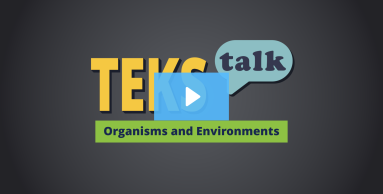
Knowledge and Skills Statement
Research
Keeley, Page. “Formative Assessment Probes: Uncovering Representations of the Water Cycle.” Science and Children 55, no. 5 (January 2018): 18-19.
http://www.jstor.org/stable/44709896.
Summary: There are several common misconceptions that students make about interdependency and food chains. Students may assume that only the next living thing in a food chain is affected if one organism dies off, not realizing how this would affect the entire food chain. This article explains that early childhood students should understand that all animals depend on plants, even animals that do not eat plants at all. Students need to realize that all animals depend on plants, as in their later grades, they will need to understand that plants are the primary source of energy for animals in food webs. When teaching food chains, teachers should repeatedly trace back to plants at the start of the food chain and ask students other questions about interdependency in an ecosystem.
